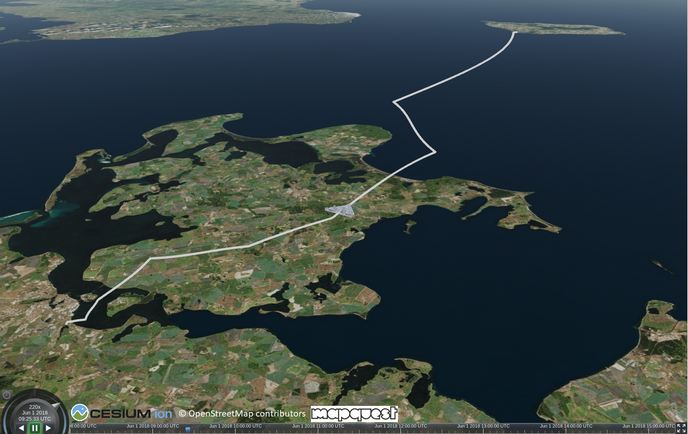Designing robust cyber-physical systems-of-systems networks
Industry 4.0 is shifting the paradigms of how automation systems are conceived, designed and deployed, tearing down the barriers between operational technology (OT) and information technology (IT). Bridging this emerging IT-OT gap is the EU-funded 1-SWARM(opens in new window) project. “We set out to develop a modular framework for designing robust cyber-physical systems-of-systems (CPSoS) networks characterised by swarm intelligence that meet industrial accepted open standards,” says Tommaso Colombo, head of AI research at Spindox(opens in new window), which, along with its two R&D units, Spindox Labs(opens in new window) and aHead Research(opens in new window), coordinated the project. CPSoS are networks that interconnect cyber-physical systems and people. Swarm intelligence is the collective behaviour of decentralised, self-organised systems.
The advancement of CPSoS
Bringing together technology providers from different sectors, countries, and areas of expertise, the project focused on increasing the intelligence of cyber-physical systems at the edge of networks so that they show cognitive behaviour and have a high degree of autonomy. The advancement in CPSoS has resulted in large networks of smart systems capable of interacting at both the physical level, to solve coordinated tasks, and the digital level, exchanging information that guarantees intrinsic robustness and reliability in their emerging behaviours. “The rapid advances in ubiquitous computational power, coupled with the opportunities of delocalising into the edge functionalities based on artificial intelligence, have the potential to give rise to a new generation of service-based industrial automation systems whose local intelligence can be dynamically linked to runtime functionalities residing in the fog or the cloud,” explains Colombo.
Swarm Intelligence DevOps Framework
To sustain the progressive blurring of borders between the physical shop floor and the cyberworld, these CPSoS networks must rely on the adoption of new methodological and technological solutions – which is where the 1-SWARM project comes in. “1-SWARM tackled the issues of CPSoS by considering the specificities on large-scale distribution and logistics networks where the entanglement of CPS functionalities happens at several levels and potentially across different steps of the corresponding value chain,” notes Colombo. To do this, the 1-SWARM approach is based on the modular and scalable Swarm Intelligence DevOps Framework. The framework is a set of interoperable functional modules dealing singularly with the most challenging issues currently hindering the widespread adoption of CPSoS. “It can also be integrated in a comprehensive approach that covers the whole life-cycle management for this complex network of intelligent agents,” adds Colombo.
Closing the OT-IT gap
The project tested its framework across various industrial applications ranging from production to warehousing and retail. For example, during one demonstration, the project showed how the integration of decision intelligence with automation can be used to orchestrate CPSoS with real-time data exchange. “Addressing both the implementation layer of real-time distributed automation integrated in a fog/edge computing platform and the engineering of advanced artificial intelligence governing the embedded behaviour and the orchestration of CPS, our core concepts can be further developed in a well-structured approach to achieve all missing R&D enabling elements,” remarks Colombo.







